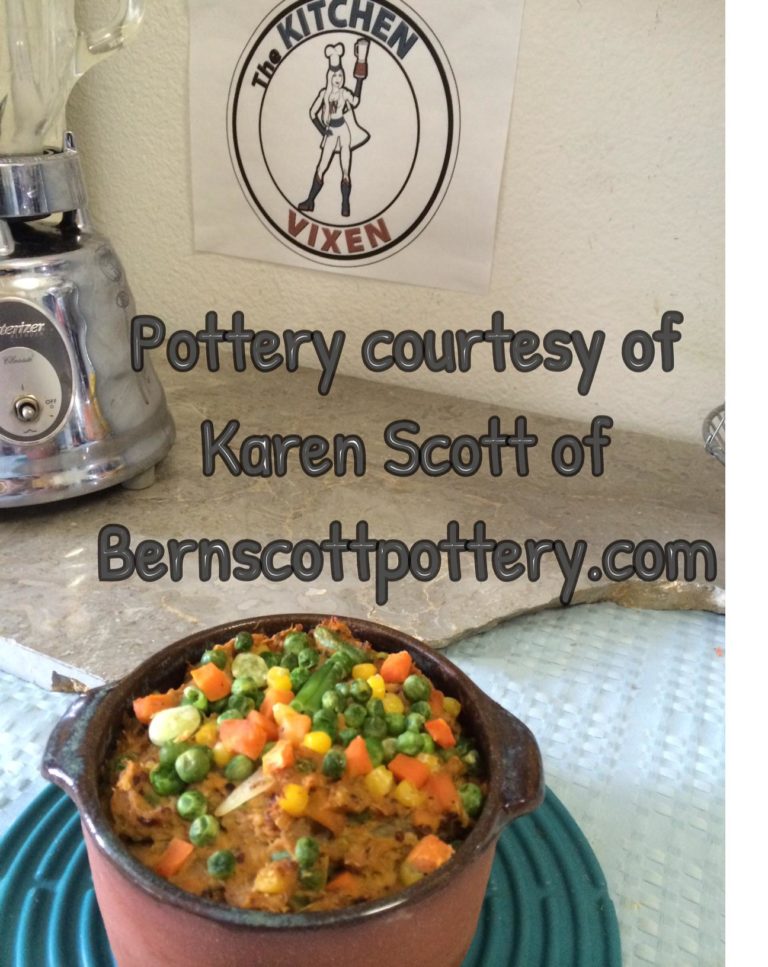Orange you glad I didn’t say banana by Elizabeth Brown, MS, RD
 Achinsk Ode to Orange
Achinsk Ode to OrangeI love the color orange so much that I bought a pair of orange boots. But when I was a child I hated the fact that my hair was orange and the kids used to call me “carrot top.” As an adult and a Dietitian, I cherish the idea of being compared to a super-food, especially this time of year when orange vegetables are plentiful.
Carrots, sweet potatoes and winter squash attribute their beautiful orange hues and outstanding nutrition to the first fat soluble vitamin ever to be identified: vitamin A. Being fat soluble means vitamin A is optimally absorbed and stored with the addition of fat in the diet. Vitamin A, aka retinol, is so named because its primary function is in the retina of the eye. Retinol, which is pre-formed vitamin A, is only found in foods of animal origin.
Certain fruits and vegetables contain carotenoids or “provitamin A,” which must be converted to the active form in the body. These carotenoids include beta-carotene, alpha-carotene and beta-crytopxanthin. Zeaxanthin, lutein and lycopene are also carotenoids but are not precursors to vitamin A. Dark leafy greens such as spinach and kale are chock full of provitamin A carotenoids which are masked by the green chlorophyll.
You need vitamin A-rich foods year round, but, because vitamin A is fat soluble, it is easily stored in your liver and fat cells. You can eat it every other day and still build up ample stores. Aside from promoting vision, especially night vision, vitamin A also supports the immune system and the health and vitality of your skin. It also promotes bone growth and remodeling.
Vitamin A can be toxic so beware of supplements and topical creams which may contain vitamin A. The Tolerable Upper Limit (TLU) is 10,000 IU preformed vitamin A per day. Look for a multivitamin/mineral supplement with no more than 2,500 IU vitamin A (retinol) or a supplement that contains up to 5,000 IU with 50 percent coming from beta-carotene.
There is an abundance of provitamin A rich foods in the fall and winter. Inherently we may eat more orange vegetables as a way to stockpile provitamin A to optimize our night vision during the longer dark hours. Additionally, we might crave these calorie-dense options as a way to store fat and keep us warm in the winter.
This recipe contains all the “A” you need for a day and just enough fat to absorb it. Now that you’ve turned your clocks back, you need all the help you can get to see clearly as you drive home from work in the dark.
Baked Winter Squash with Curried Brown Rice
1/2 teaspoon sea salt
1 large butternut or delicata squash or two small acorn or kabocha squash
2 teaspoons olive or canola oil
3 cloves garlic, minced
1 teaspoon ground ginger
1 teaspoon curry powder
1/2 cup pitted dried plums, diced
1/4 cup mango chutney or apricot preserves
Juice of 1/2 lemon
4 ounces cashew Cheddar cheese (make while squash is baking)
Or Cheddar cheese of your choice
Preheat oven to 400 degrees. Cut squash in half lengthwise and remove seeds. Place squash halves down in a baking dish filled with about 1/2 inch of water. Bake squash until soft. Remove from oven but leave oven on. Scoop out most of the squash flesh and cut into 1/4 inch chunks. Reserve squash shells. In a large skillet, heat oil on medium heat, add garlic and cook until fragrant. Stir in dried plums, chutney or preserves, lemon juice and squash chunks and cook until squash is tender, about 10 minutes. Stir in rice to blend flavors. Remove from heat. Drain liquid from baking dish. Place squash shells in dish, cut side up. Spoon mixture into shells. Sprinkle with cheddar. Cover with foil and bake until heated through, about 10 minutes.
Cashew Cheese
1 cup raw cashews
1/3 cup nutritional yeast
1 T minced onion
1 Clove garlic, minced
1 teaspoon sea salt
3 cups Organic Milk from Grass-fed cows OR non-GMO soy milk
3/4 cup agar flakes
1/3 cup olive oil
3 Tablespoons yellow miso
Juice of one lemon
Grind cashews in food processor using pulse button. Add nutritional yeast, onion powder, garlic powder and sea salt. Pulse to blend spices.

